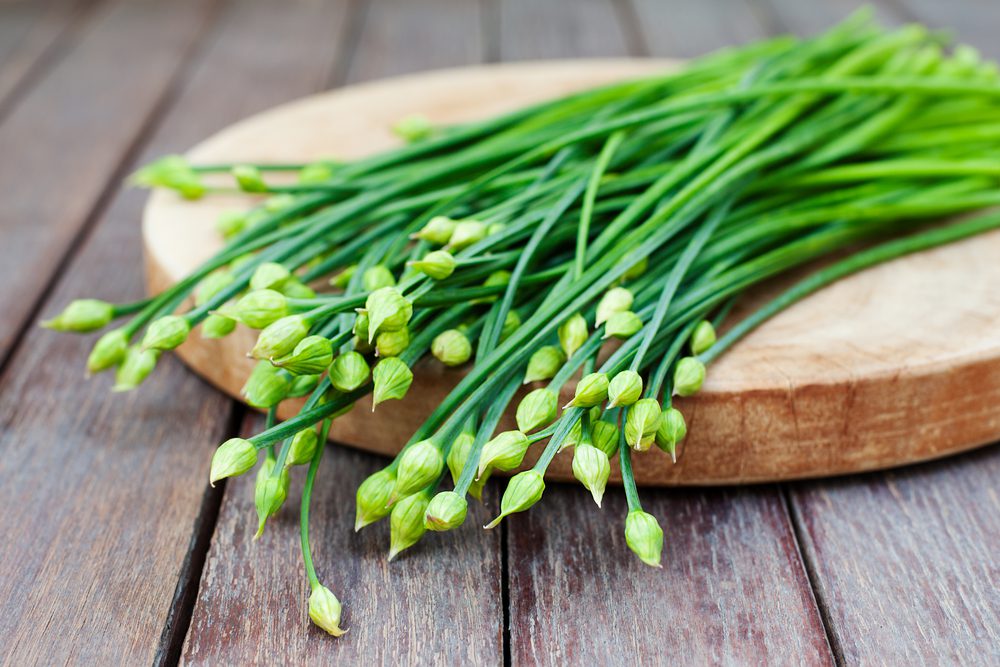As the days get longer and the Northern Hemisphere begins to see the first signs of spring, daffodils begin to appear in our gardens, parks, and even in a vase on the kitchen table. However cut daffodils and bulbs sold in shops bear a striking resemblance to members of the onion family, and some worrying case studies demonstrate what happens if you mix up the two.
A recent tweet by UK-based botanist James Wong suggests that despite their sunny appearance daffodils have a darker side and are actually the most common cause of plant-based poisoning. Even worse Wong explains that daffodils are filled with microscopic crystals, definitely not something you want to be chowing down on.
Death by daffodil
A case report from 2020 shows a whole family was intoxicated after they mistook daffodil bulbs for onions. The family, consisting of two parents and an adult son, went to their local emergency department after they experienced vomiting and nausea. The curry they had eaten for lunch was found to contain daffodil bulbs grown in the garden and not onions.
In fact, the study shows that 195 cases of accidental daffodil poisoning were received in the 10-year period between 2009 and 2019 by the Japanese Ministry of Health, Labour, and Welfare and one of the victims even died due to accidental daffodil consumption.
Daffodils contain the compounds lycorine and galantamine which induce vomiting, nausea, diarrhea, and severe abdominal pain when ingested. The lycorine crystalline alkaloid is present in all aspects of a daffodil but particularly in high concentrations in the bulb.

Chinese chives, which look similar to cut daffodils. Image credit: Anna Pustynnikova/Shutterstock.com
Daffodils also resemble Chinese chives and garlic shoots which caused 10 people to be treated in hospital after mistakenly eating daffodils instead in 2012 and similarly in 2015. While Asian students in Cardiff experienced similar problems after accidentally ingesting daffodils. Twelve children were taken to hospital after making soup at school with daffodils instead of onions.
Public Health England wrote a letter to supermarkets in 2015 urging them to display their flowers in a separate area from the fruits and vegetables to help avoid confusion.
Daffodils are also poisonous to dogs and cats so make sure your furry friends are not having a cheeky munch on any flowers you might be displaying.
While cooking a daffodil instead of an onion might sound like a daft mistake, Wong points out that those most at risk are people that are not familiar with the UK, anyone partially sighted, or children.
Source Link: Make Sure You're Not Eating Daffodils By Accident This Spring